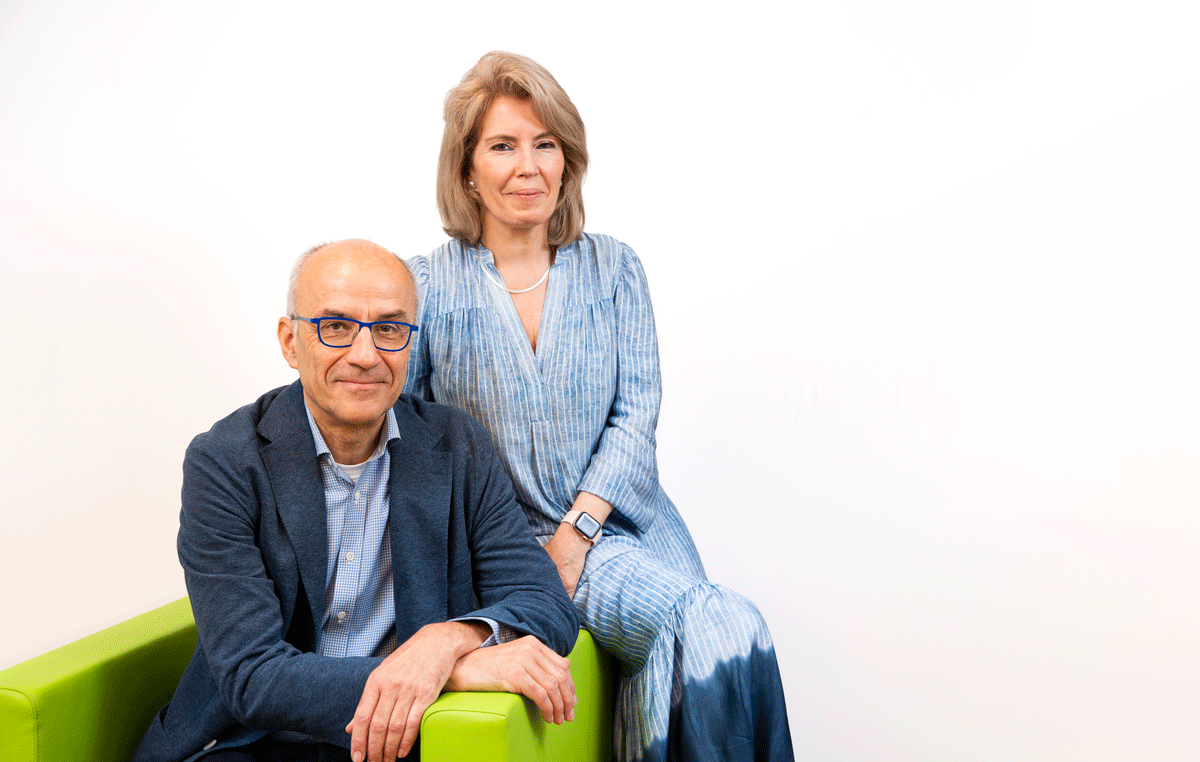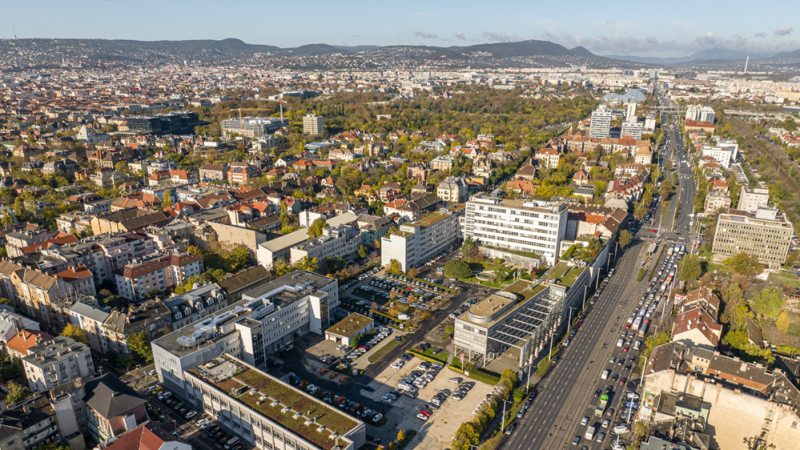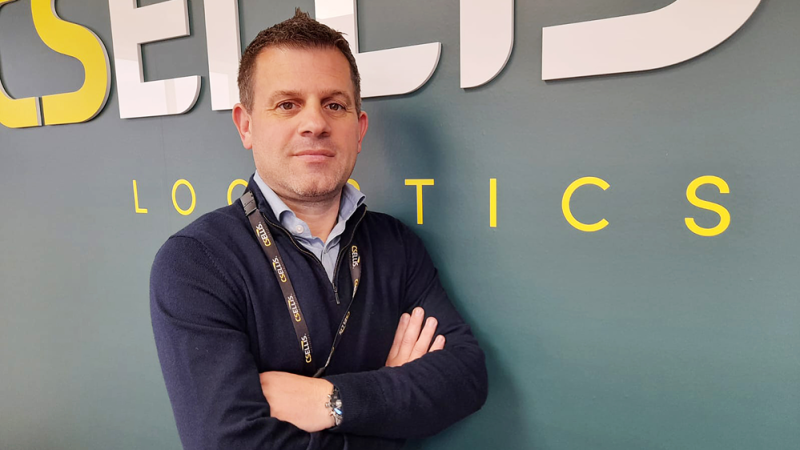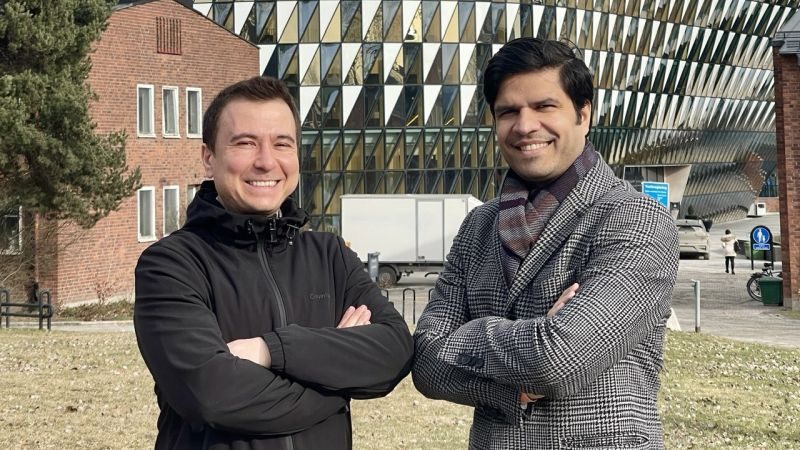Ziekenhuis Netwerk Antwerpen is the largest hospital in Belgium, with approximately 2,000 beds and 6,500 people and 600 doctors, working across ten locations in the city of Antwerp. The organisation originated out of the Antwerp hospitals that were historically part of the city. 20 years ago, the city decided to group the hospitals into a single legal entity, and so Ziekenhuis Netwerk Antwerpen, or ZNA, was born.
GZA Ziekenhuizen, meanwhile, is also one of Belgium’s larger hospital organisations, a group of three hospitals with more than 1,000 beds as well as 12 elderly care centres.
Willeke Dijkhoffz is the CEO of GZA Ziekenhuizen, working to organise hospital and elderly care as a whole unit. She brings a lifetime of experience to the role from across the healthcare sector.
“I am a nurse. I studied law school, I studied hospital hygiene and specialised in medical law particularly, hospital healthcare law,” Dijkhoffz says. “For my whole career, I have been working in healthcare, starting as a nurse and ending up as a CEO.”
 Ziekenhuis Netwerk Antwerpen’s leadership comes from a very different background.
Ziekenhuis Netwerk Antwerpen’s leadership comes from a very different background.
“I’m a stranger to the industry,” confesses Eddy Aerts, Ziekenhuis Netwerk Antwerpen’s CEO. “I started as a management consultant with McKinsey & Company for 12 years, and then I held several CFO jobs in the private sector, particularly among firms in private equity and turnaround situations. I stumbled upon ZNA four years ago when the previous CEO contacted me and asked if I wanted to join as CFO.”
But while Aerts’ experience does not directly relate to the medical sector, it has come in particularly useful as ZNA and GZA Ziekenhuizen enter a new phase in their story. In fact, their stories are coming together in a significant merger to create Ziekenhuis aan de Stroom.
It is a particularly ambitious project given both organisations are undergoing other major projects at the same time, with ZNA preparing to move into a new hospital building in September, and GZA Ziekenhuizen’s elder care group becoming an independent firm in its own right.
“We are pursuing the merger for several reasons, but the main reason is that there are a lot of hospital beds in Belgium and Antwerp has a lot of hospitals, but it is reasonable to have some consolidation to maintain quality and combine our medical investments,” explains Dijkhoffz. “It’s a good way to consolidate our activity and find solutions for developing hospitals that can grow alongside the changes we expect over the next few years.”
Healthcare for Tomorrow
The changes that are visible throughout the Belgian healthcare sector have been visible all over the world.
“There is a trend towards shorter periods of stay in hospitals, with more emphasis on ambulatory care and prevention,” Aerts says. “Money goes into curing sick people but relatively little goes into making sure people don’t get sick.”
The tools and techniques used across the healthcare sector are also continuing to evolve.
“There are trends related to technology and the change of care models, particularly for more chronic patients,” says Dijkhoffz. “Integrated care is high on the agenda. It is not easy to develop a good model to realise it, but the needs of the sector require a disruptive way of thinking. It needs to be disruptive, but these are big ships to steer.”
The merger also comes at a time when the government is already looking for ways to restructure the hospital sector to mitigate rising costs.
“Historically, in Belgium, we have a high number of beds per capita, and that’s comfortable but very expensive,” Aerts says. “It puts pressure on the system because to keep it up you need constant investment and enough nurses to staff your facilities, and both of those things are reasonably scarce. The trend is to rationalise costs, save money and deploy resources more effectively to increase quality of care.”
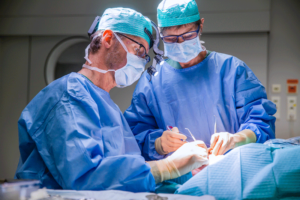 The Best of Both Worlds
The Best of Both Worlds
When we speak to Dijkhoffz and Aerts, they are deep in the process of arranging the merger, but while it is a large and complex process, both are pleased with how it is going.
“What is special about this process is that it is friendly because we are both convinced that this is the right way to go and that it is in the interests of Antwerp’s healthcare. There is a lot of common ground,” Aerts says.
Both firms started looking into the merger in 2015, with the deal due to officially take place on January 1st, 2024. Even then, the merger process will continue for two or three years more.
“All in all, it is a ten-year project,” Aerts says. “It is on friendly terms, which does not mean there are no tensions, but even if we weren’t merging those tensions would exist in Antwerp’s healthcare sector. Becoming one organisation gives us a greater degree of freedom.”
Both ZNA & GZA Ziekenhuizen are profitable hospitals in a sector where many are financially shaky, and by pursuing the merger before there is any external pressure to do so, the companies are in a position to do so on their own terms.
“From a legal framework, Belgian law unites hospitals in networks,” Dijkhoffz points out. “We are legally networked already and even within that network; we have already achieved a lot. We have common electronic medical files; we have several medical disciplines which already operate in an integrated way, and we have started building out that framework.”
“That conviction grew during our discussions,” Aerts agrees. “If you want your hands free to move resources it is easier if you are one legal entity with a shared bottom line.”
Shared Challenges
As well as a shared bottom line, ZNA and GZA Ziekenhuizen alike also share the challenges facing the healthcare sector as a whole. Particularly, staffing.
“In general, there is a lack of nurses in our market, and in Antwerp, there are a lot of hospitals, so we are fighting over the same labour pool,” Dijkhoffz admits.
“It’s a financial issue but also an issue of leadership.”
The merger makes it possible to have enjoined branding and be stronger together. And we hope that will have some effect, but it will be one of the biggest challenges.
“Part of the answer is re-structuring how care is offered,” Aerts says. “We need to rethink how nurses spend their time because they are doing things they have not studied for that someone else could do. We need alternative models of offering care that leverage skills efficiently. You don’t need nurses to deliver food.”
Once ZNA & GZA Ziekenhuizen are combined they will have the capacity to push innovative solutions and new capabilities.
“We are big enough that when we merge the number of beds will make us the third biggest hospital in Europe,”
Aerts says. “That creates possibilities for in-house care many other hospitals can’t offer to attract specialised nurses and doctors.”
